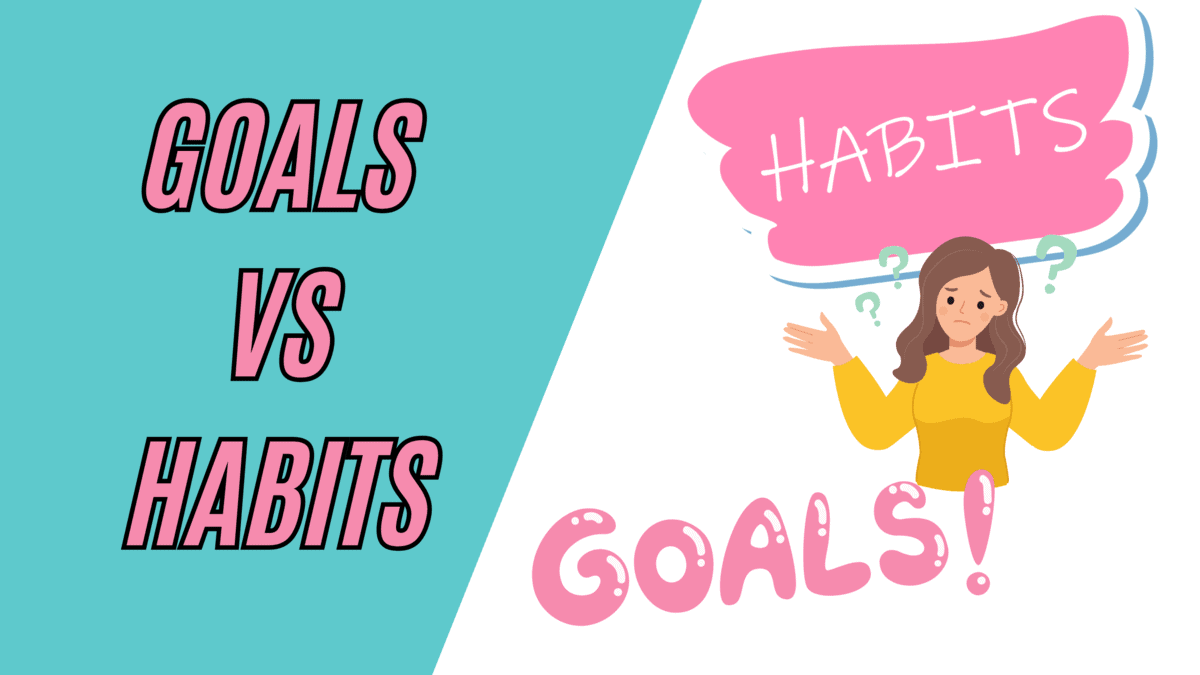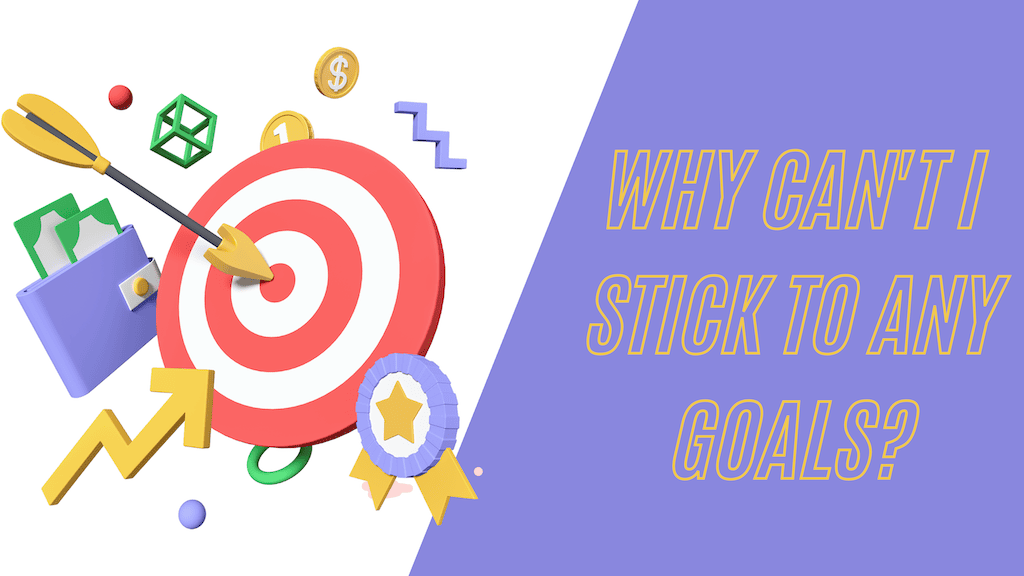Do you ever feel like you spend more time deciding what you’re going to work on than actually working on the thing?
Then when you do finally decide what you’ll work on, you end up flitting back and forth between different tasks.
That’s exactly how I felt before I started implementing the Ivy Lee Method into my workflow.
I’m not exaggerating when I say it changed my productivity in insane ways.
So let’s start with the basics…
What Is the Ivy Lee Method?
The Ivy Lee Method is a time management technique developed by productivity consultant Ivy Lee in the early 20th century. In its simplest form, it involves creating a prioritized task list and ticking it off as you go.
Although the method was developed more than 100 years ago, due to its simple yet effective way of prioritizing tasks, it’s still used in people’s workflows even to this day – including mine.
How the Ivy Lee Method Works
The Ivy Lee method can be broken down into 5 simple steps:
Step 1: Create a List
Start by creating a list of the 6 most important tasks you need to complete.
Ideally, do this at the end of your workday for the following day, so that you’re super prepared to get started right away. At the very beginning of a new day is also okay but delays you getting into a good workflow.
Fewer than 6 things to do tomorrow? No worries. Less than 6 is fine. The only rule is that you don’t have any more than 6 tasks.
The way I work this into my productivity method is to keep a master list of tasks and projects so that even if a task doesn’t make it onto tomorrow’s list, it doesn’t get lost and forgotten about.
Step 2: Prioritize
Now that you have your list of 6 things to do, it’s time to prioritize them. The most important task gets allocated a 1, right the way through to the least important task, which gets a 6.
There are a few different ways to prioritize your tasks:
- By importance: Utilizing the Pareto Principle (identifying the 20% of tasks that generate 80% of results)
- By difficulty: Eat that frog (get the most difficult things out the way first)
The way that works best for you will probably depend on your job and also how you like to work. If you’re working for clients or have a boss to answer to and deadlines coming up then ‘by importance’ will probably be the best choice.
If you’re using a pen a paper, simply add the numbers next to each task. If you’re using a virtual to-do list like Notion (as I do). Then add a column for priority that is sorted by ascending.
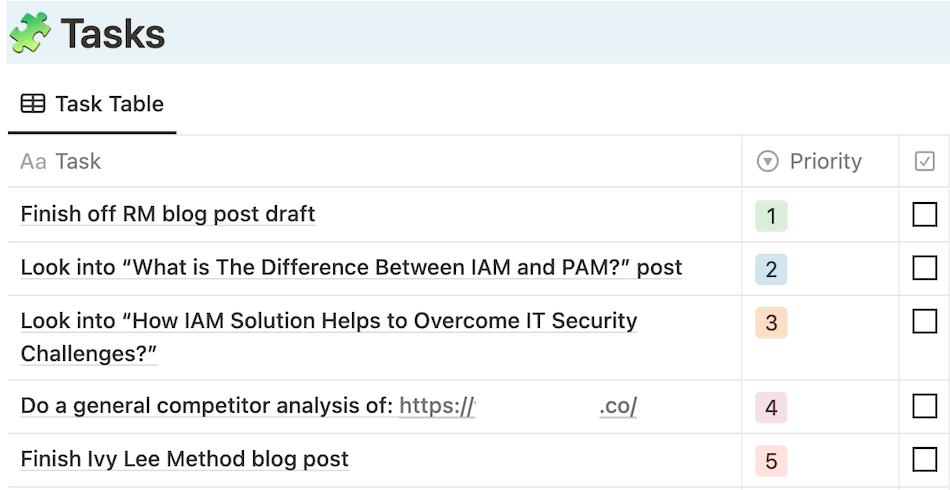
Do this when you create your list at the end of the day – that way, you’re not wasting time reviewing the list again in the morning and deciding on priorities rather than diving straight into your first task.
Which leads me to the next step.
Step 3: Work Through the List in Order
When you come to sit down at your desk the next day, make a start on the first task, identified as the highest priority the night before.
Do not stray from this task or even think about another task until you have completed the one you’re working on.
The Ivy Lee Method is all about maintaining all of your focus on the task at hand until it has been completed. So it goes without saying to minimize other distractions as well – put your phone on DND, close your inbox and get into a good workflow.
Step 4: Mark Off Completed Tasks
Once you have finished the task that you’re working on, mark it as complete.
If you’re using traditional pen and paper, strike it off, give it a big tick, or whatever is most satisfying to you.
There are few things more satisfying than putting pen to paper and physically checking things off. We actually wrote a full article on the power of writing down goals that talks all about the very real benefits of writing things down.
If you use a virtual note-taking app, then obviously tick off the task however your app facilitates this.
The best part about this step is that every time you clear something off of your to-do list, it releases a little dopamine hit, boosting your energy levels and motivation to move on to the next task.
Step 5: And Repeat
Repeat this process until you get to the end of the day.
If there are any unfinished tasks that you didn’t manage to complete, simply move them to the next day’s to-do list and add any additional tasks that need completing tomorrow, making sure there are no more than 6 tasks again.
Ivy Lee Method Examples
Now that you have a good understanding of the Ivy Lee Method, let’s dive into some real-life examples to illustrate how this time management technique can be applied in various scenarios.
Example 1: The Ivy Lee Method for Freelance Writers
Let’s say you’re a freelance writer with several projects on the go. Your list might look something like this:
- Finish draft for Client A’s blog post (due tomorrow)
- Research for Client B’s article (due in three days)
- Edit Client C’s manuscript (due in a week)
- Send invoices for completed work
- Update portfolio with recent work
- Brainstorm ideas for a personal blog post
In this scenario, the tasks are prioritized based on their deadlines and importance. The writer focuses on one task at a time, starting with the most urgent and important one, and works their way down the list.
Example 2: The Ivy Lee Method for Project Managers
If you’re a project manager, your list could look something like this:
- Review and approve the design proposal for Project X
- Meet with the Project Y team to discuss progress
- Update the project management software with new deadlines
- Write and send the weekly project update emails
- Review and respond to important emails
- Plan next week’s project schedules
Again, the tasks are prioritized based on their importance and urgency. The project manager would start with the most critical task and move down the list, focusing on one task at a time.
Example 3: The Ivy Lee Method for Students
If you’re a student, your list might look like this:
- Study for tomorrow’s history exam
- Finish math homework (due in two days)
- Research for English essay (due in a week)
- Review notes for science class
- Organize a study group for next week’s geography project
- Read assigned chapters for history class
The student prioritizes their tasks based on deadlines and importance, starting with studying for the exam that’s happening the next day.
These examples demonstrate how the Ivy Lee productivity Method can be applied in different scenarios. Remember, the key is to focus on one task at a time, starting with the most important one, and work your way down the list.
Why Does the Ivy Lee Method Work So Well?
So you might be wondering “What’s so special about this time management technique compared to the dozen others I’ve tried?”
1. Eliminates Decision Fatigue
When you sit down at your desk and don’t know what you need to be doing or when you finish a task and you don’t know what you need to work on next – it sucks the energy out of you.
Having to make multiple decisions like this throughout the day leads to a very real thing called decision fatigue.
Having your list of tasks in order of importance means that you know exactly what you are doing when you sit down at your desk and you know exactly what you need to do when you complete the first task, second task, and so on.
2. Helps With Focus
By focusing on one task at a time, you can get into the zone and avoid the distractions and interruptions that can lead to lost productivity.
Plus, the act of writing down your tasks and ranking them in order of importance helps you clarify your goals and focus your attention on the things that matter most.
3. Simple & Easy to Follow
The Ivy Lee Method works so well because it’s so simple. This entire blog post could have been shortened to:
Write down 6 things you need to do, order them by importance, and do them.
But I don’t think anyone wants to just read that!
4. Built-in Review of Work
Because you have to move any tasks that you didn’t complete onto the next day’s task list – this unintentionally makes you review how much work you managed to get through that day.
When doing this on a daily basis, you might start noticing patterns by asking questions like:
- What things happened on the days I worked through my entire list?
- What happened on the days that I didn’t get through even half of my list?
Reviewing your work output against your surrounding environment is a great way of increasing your workflow efficiency.
You may notice you get through work quicker in the evening or only first thing in the morning.
Maybe you find that when you have client calls booked you don’t get through as much work those days – maybe having set client call days so you can put in my efficient effective work the rest of the days.
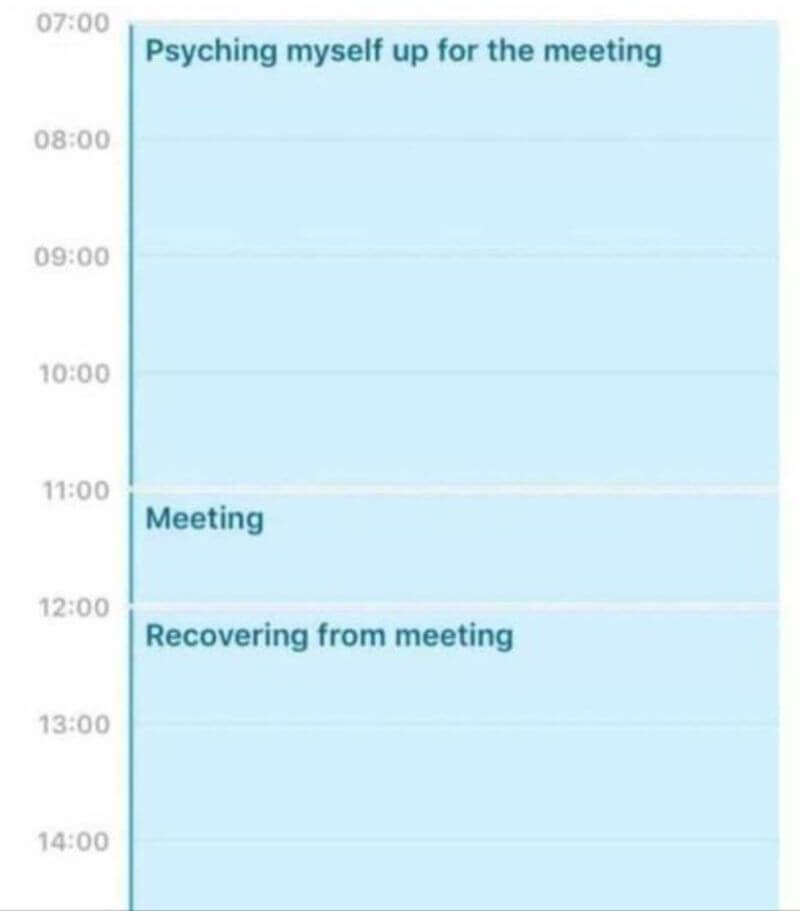
Drawbacks of the Ivy Lee Method
Now not all things are perfect. Let me go through a few cases where the Ivy Lee Method might not be the right time management technique for you.
Not Suitable for All Job Types
Really consider whether your work environment is suitable for this technique.
Does your job require you to be “putting out fires” all day, constantly on the phone, responding to emails, or just generally a lot of flexibility throughout the day?
Then you can’t beat yourself up for listing six tasks the night before and not getting through them – so this method won’t be for you.
If you’re in a job that involves a high volume of emails, check out our article on The Inbox Zero Method – you’ll never feel overwhelmed with your inbox again.
Difficult to Accurately Determine the Importance of Tasks
Another potential drawback is that it can be difficult to accurately determine the importance of your tasks.
Some tasks may seem important at the beginning of the day but may become less important as the day goes on, which can make it challenging to prioritize your tasks effectively.
6 Tasks Just Aren’t Enough
We all have those tasks that sit on out to-do list that we need to get to eventually.
The Ivy Lee method doesn’t work too well with these tasks because you don’t want to waste one of your 6 task spots on a less important task.
I totally get it. That’s why I keep my master project and to-do list separate from this six task list that includes all of those “to-do someday” tasks that I don’t want to forget.
How Exactly Do I Implement the Ivy Lee Method Into My Workflow?
When it comes to time-management techniques, I find that there’s no one-size-fits-all – that’s why I use a combination of different techniques to ensure I’m working through my work efficiently, with a high concentration, and in a priority order that suits me and my businesses.
How you manage and prioritize tasks is definitely a personal preference so I would recommend trying out a few different techniques until you find what resonates with you and your workflows.
For my personal workflow, what works best for me is a combination of:
Kanban: Allowing for a broad overview of business projects and who is working on them.

Master to-do list: A brain dump of all to-dos, not necessarily in priority order and some of which are to-do way in the future but I don’t want to forget about them.
Ivy Lee Method: Every morning I take a look at my Kanban board to make an assessment of what I should be working on that day.
I then create my list of <6 items that I’m going to work through that day. Usually, it looks something like this:

Pomodoro Time Management Technique: Once I get started on my day, I work in 25-minute work and 5-minute break periods.
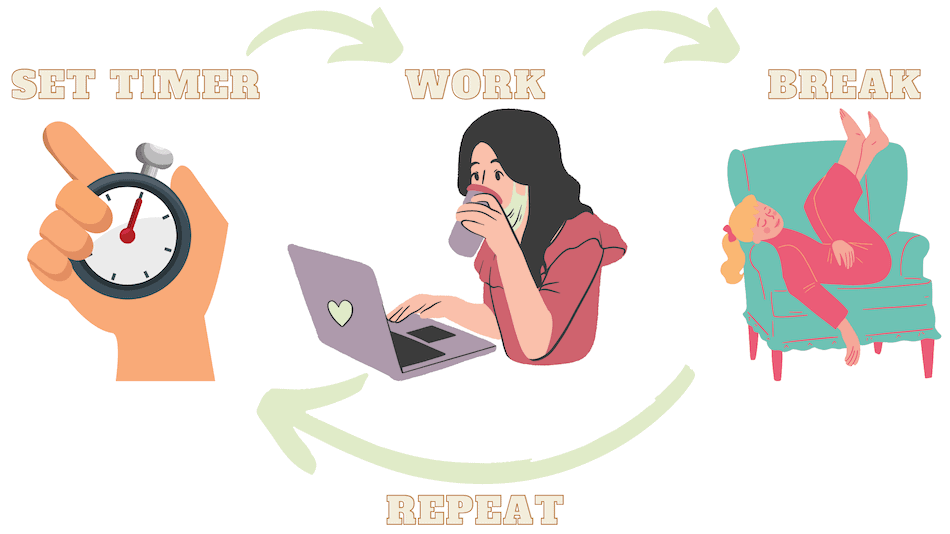
This helps maintain focus on the current task that I’m working on until I’ve completed it, to move on to the next.
All of my note-taking, projects, and daily tasks are set up on a Notion page with interlinking tables and the time tracker that I use is Toggl.
So, why don’t you give it a try? Work the Ivy Lee Method into your work process for a week and see how you feel. I bet you’ll feel more productive and more satisfied as you tick off each of those six tasks every day.
If you don’t think the Ivy Lee Method is for you, why don’t you try out the Timeboxing time management technique.



